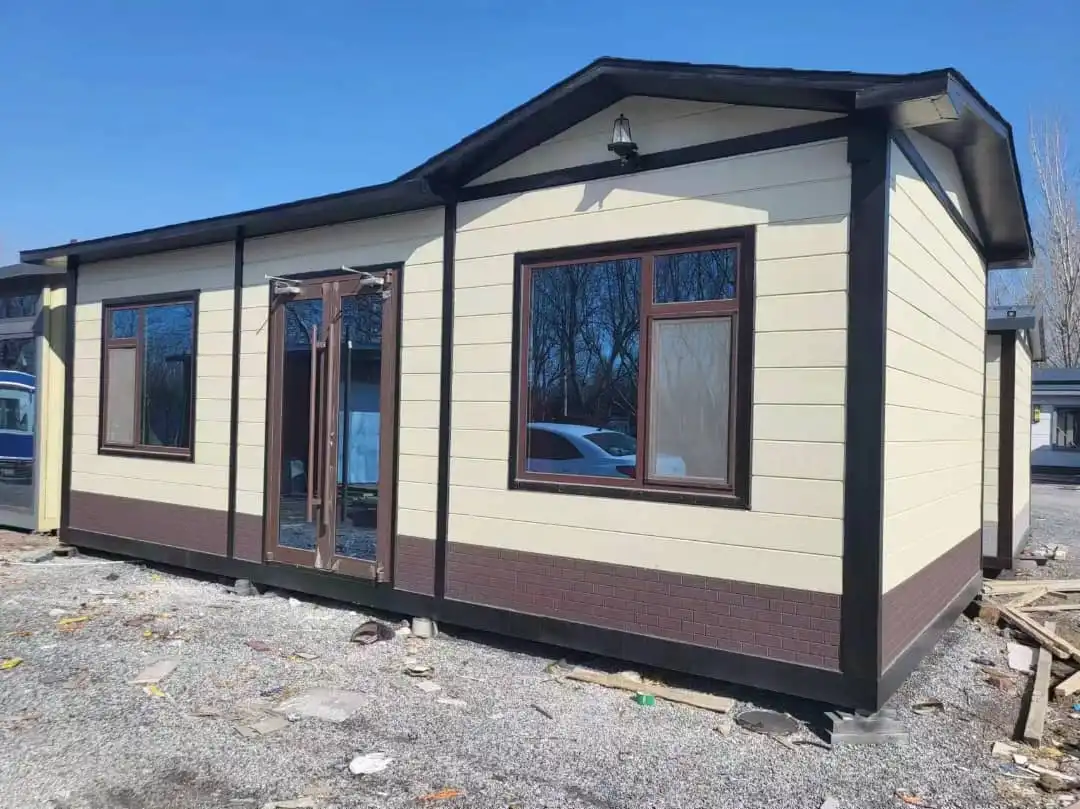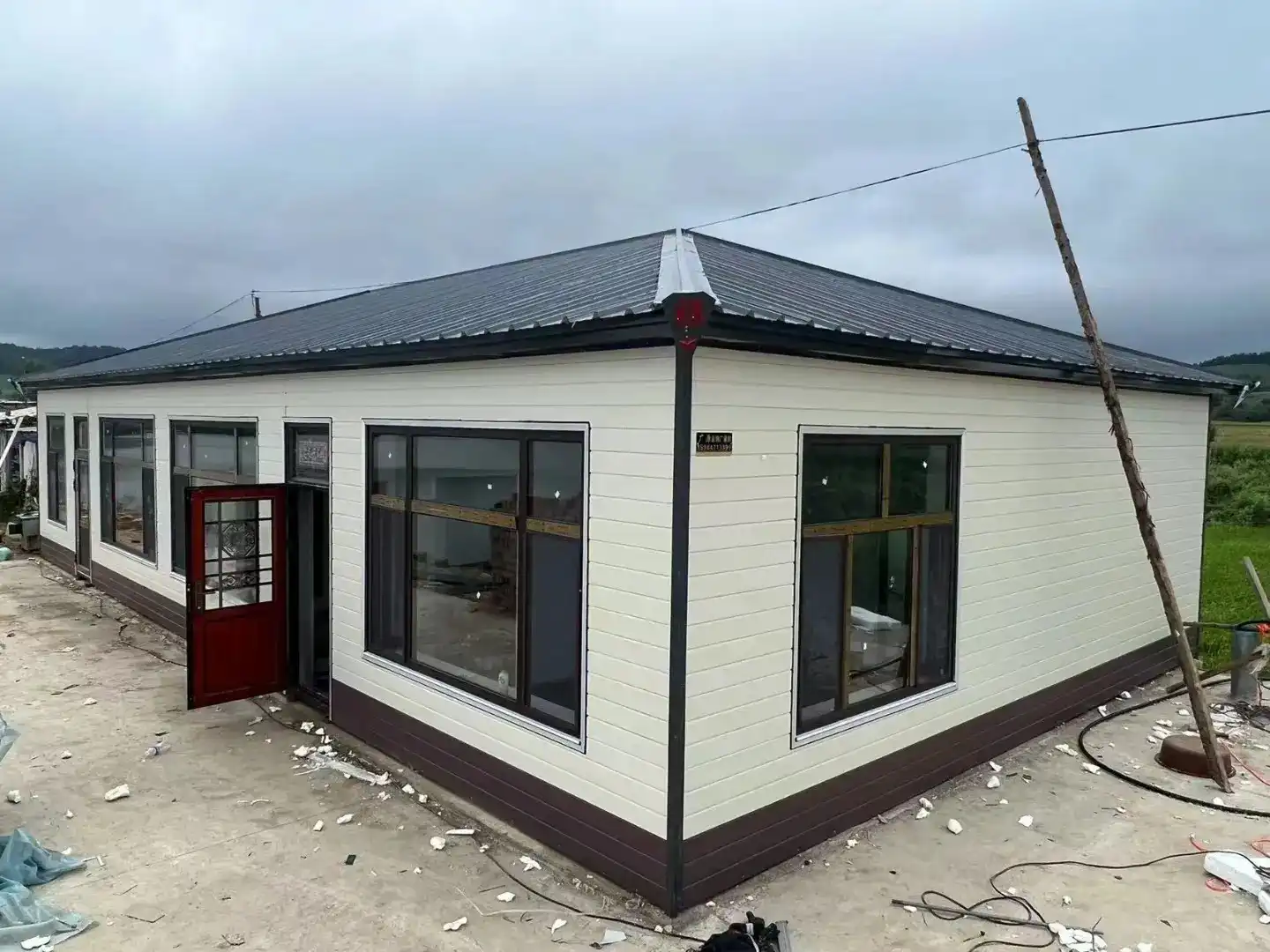In recent years, metal siding has emerged as a premier choice for modern homes and facilities, with aluminum metal siding panels leading the charge. This surge in popularity is attributed to their unparalleled combination of durability, aesthetic versatility, and energy efficiency. Homeowners and architects alike are gravitating towards these innovative materials for their ability to withstand harsh weather conditions while providing a sleek, contemporary look. The rise of aluminum siding, in particular, showcases a shift towards sustainable, low-maintenance building solutions that don't compromise on style or performance.
The Evolution of Aluminum Metal Siding Panels
Aluminum metal siding panels have come a long way since their inception. Initially valued primarily for their durability and low maintenance requirements, these panels have undergone significant improvements in design and functionality. Today's aluminum siding options offer a multitude of benefits that extend far beyond mere practicality.
From Functional to Fashionable
The change of aluminum siding from a simply useful fabric to a in vogue plan component is momentous. Cutting edge fabricating methods have empowered the generation of boards with assorted surfaces, designs, and wraps up. This advancement has broadened the request of aluminum siding, making it a go-to choice for modelers looking for to make outwardly striking exteriors.
Customization options have played a crucial role in this shift. With an array of RAL colors and anodized finishes available, designers can now tailor the appearance of aluminum panels to complement any architectural style. Whether it's a sleek, monochromatic look for a contemporary office building or a warm, wood-grain finish for a rustic home, aluminum siding can deliver.
Technological Advancements
Progressions in fabricating innovation have altogether improved the execution of aluminum metal siding boards. The presentation of progressed coatings and surface medications has moved forward their resistance to erosion, blurring, and natural wear. These advancements guarantee that the boards keep up their tasteful request and auxiliary keenness for amplified periods, indeed in challenging climates.
Moreover, the development of sophisticated insulation systems has transformed aluminum siding into an energy-efficient building solution. Many modern panels incorporate polyurethane or rock wool insulation layers, dramatically improving the thermal performance of buildings. This not only contributes to energy savings but also enhances indoor comfort, making aluminum siding an attractive option for both residential and commercial applications.
The Versatility of Aluminum Siding in Modern Architecture
The adaptability of aluminum metal siding panels has made them a favorite among architects and builders across various project types. Their versatility is evident in their application range, from sleek urban developments to rustic countryside retreats.
Residential Applications
In the residential sector, aluminum siding has found a niche in both new constructions and renovation projects. Homeowners are drawn to its low maintenance requirements and longevity, appreciating that their investment will maintain its appearance for years to come. The wide range of design options allows for personalization, enabling homeowners to express their individual style through their home's exterior.
For renovations, aluminum siding offers a quick and effective way to update a home's appearance and improve its energy efficiency. The lightweight nature of aluminum panels makes them ideal for retrofitting over existing siding, minimizing disruption and reducing installation time.
Commercial and Industrial Uses
In commercial and industrial settings, aluminum metal siding panels have become synonymous with modern, efficient building practices. Their durability and resistance to environmental factors make them particularly suitable for facilities that require low maintenance and long-term reliability.
From office complexes to warehouses, aluminum siding provides a clean, professional appearance while offering practical benefits such as fire resistance and improved thermal regulation. The ability to customize panels with corporate colors or logos adds another layer of appeal for businesses looking to reinforce their brand identity through their physical structures.
Sustainability and Energy Efficiency: The Green Advantages of Aluminum Siding
As sustainability becomes an increasingly important consideration in construction, aluminum metal siding panels have emerged as a eco-friendly option. The inherent properties of aluminum, combined with innovative manufacturing processes, contribute to the material's green credentials.
Recyclability and Environmental Impact
One of the most significant environmental advantages of aluminum siding is its recyclability. Aluminum can be recycled indefinitely without losing its properties, making it a truly sustainable building material. This characteristic not only reduces waste but also minimizes the need for new raw material extraction, thereby lowering the overall environmental impact of construction projects.
Furthermore, the production of aluminum siding has become more energy-efficient over the years. Many manufacturers now use recycled aluminum in their production processes, further reducing the carbon footprint associated with these panels.
Energy Savings in Building Operation
The energy efficiency of aluminum metal siding panels extends beyond their production and lifecycle. When properly installed with insulation, these panels significantly contribute to a building's thermal performance. The reflective properties of aluminum help to deflect solar radiation, reducing heat gain in summer months. Conversely, the insulation layer helps retain warmth during colder periods.
This improved thermal regulation translates to reduced energy consumption for heating and cooling, leading to lower operational costs and a smaller carbon footprint for the building. As energy prices continue to rise and environmental regulations become more stringent, the energy-saving potential of aluminum siding becomes an increasingly valuable asset for property owners.
Conclusion
The adoption of metal siding, particularly aluminum metal siding panels, in modern homes and facilities represents a confluence of aesthetic appeal, practical benefits, and environmental consciousness. As the construction industry continues to evolve, the versatility, durability, and sustainability of aluminum siding position it as a leading choice for forward-thinking architects, builders, and property owners.
The ongoing advancements in manufacturing techniques and material science promise even more innovative applications for aluminum siding in the future. From enhanced energy efficiency to more diverse design options, the potential for this material continues to grow.
For those interested in exploring the possibilities of aluminum metal siding panels for their next project, or to learn more about cutting-edge exterior cladding solutions, we invite you to reach out to our team of experts. Contact us at info@sdqsc.com to discover how our premium aluminum siding products can elevate your building's performance and aesthetics.
References
1. U.S. Department of Energy. (2022). Energy Saver: Insulation.
2. Aluminum Association. (2023). Sustainability.
3. National Association of Home Builders. (2021). What Home Buyers Really Want.
4. American Institute of Architects. (2023). AIA's 2023 Trends Report.
5. U.S. Green Building Council. (2023). LEED Rating System.

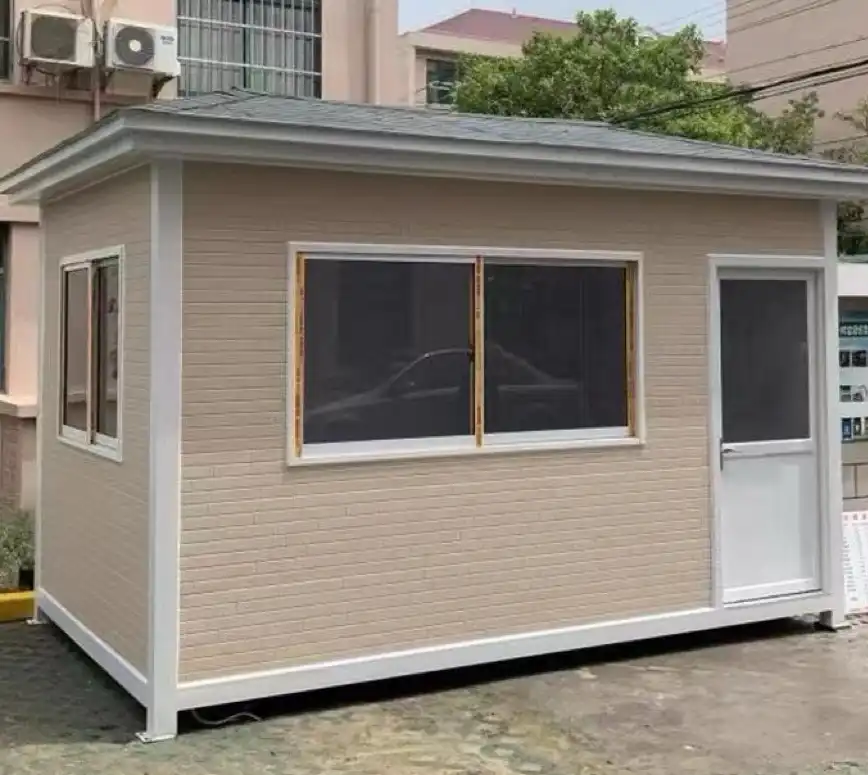
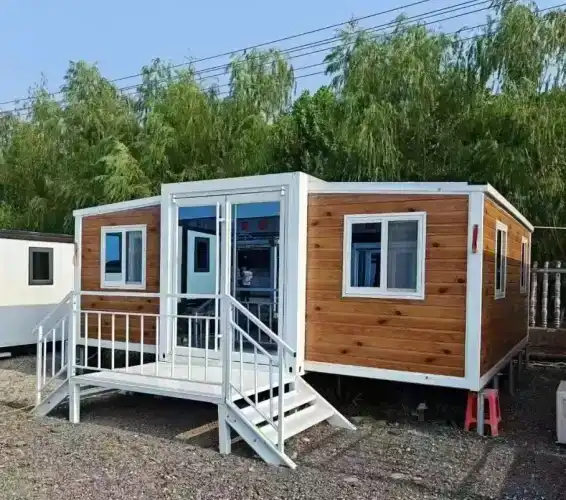

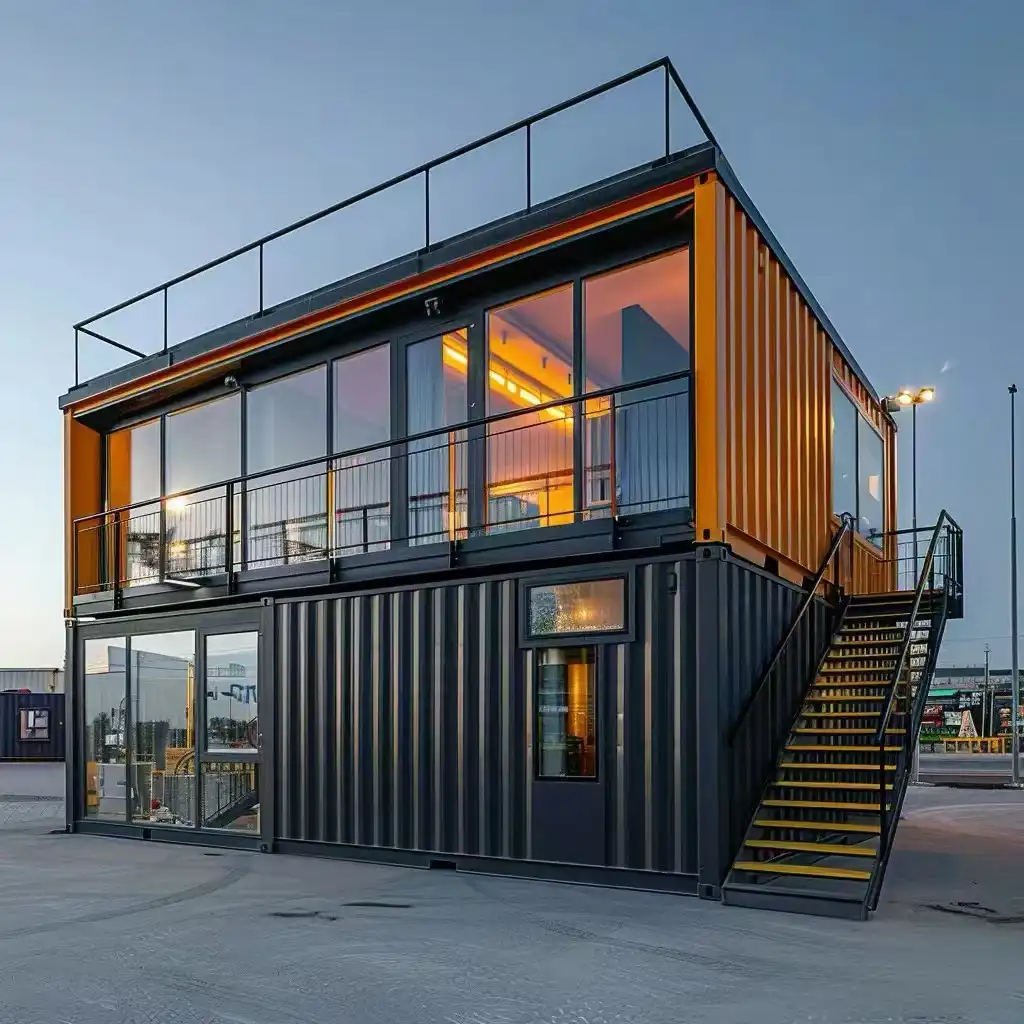
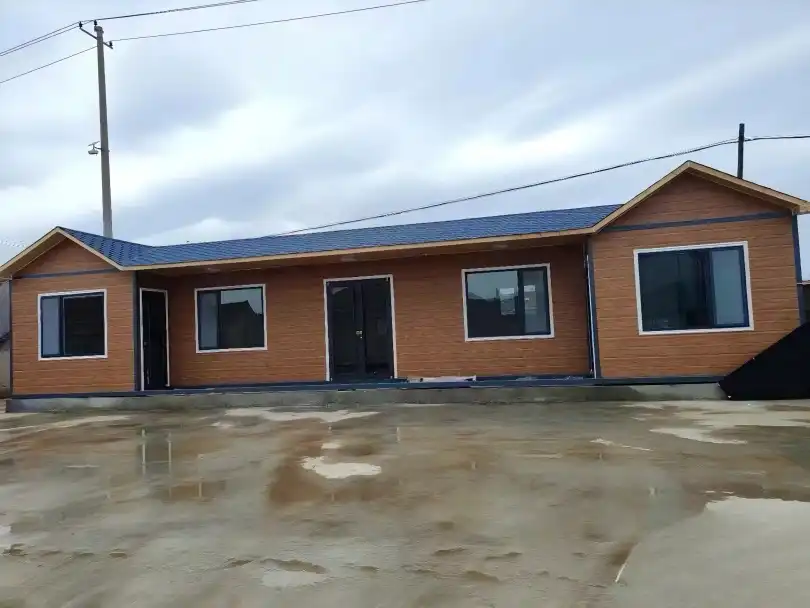
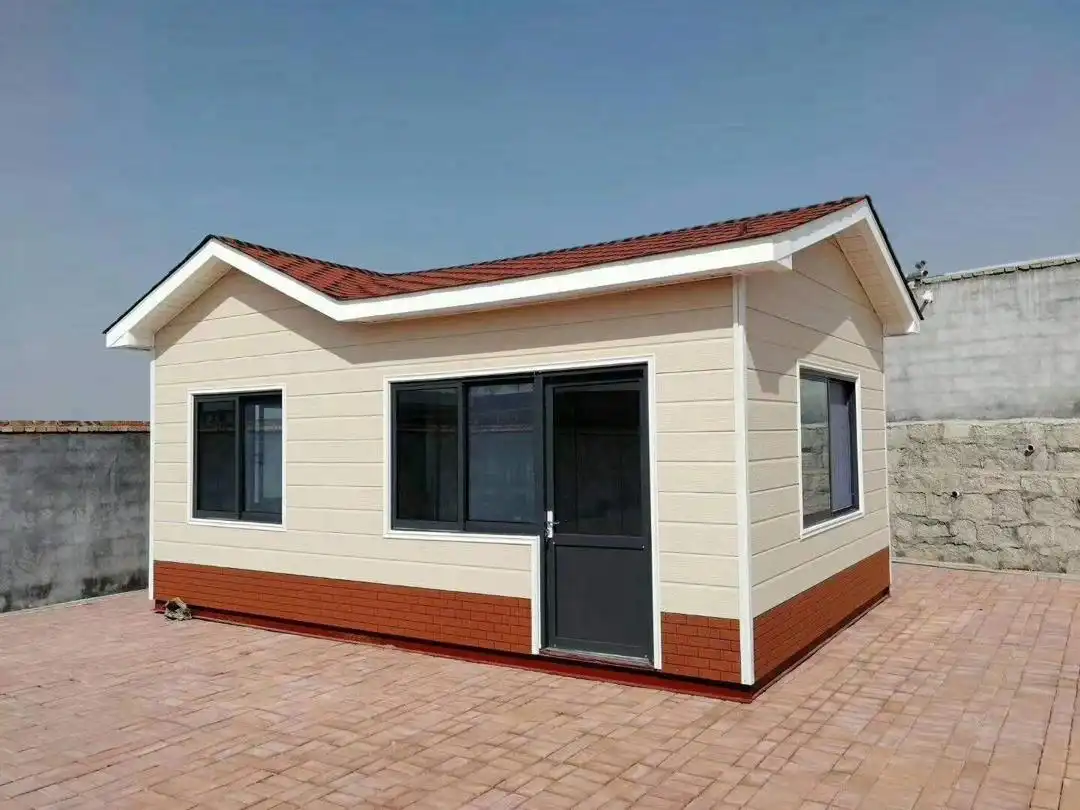
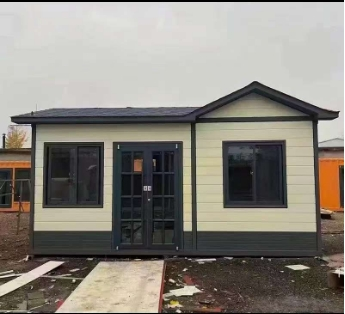

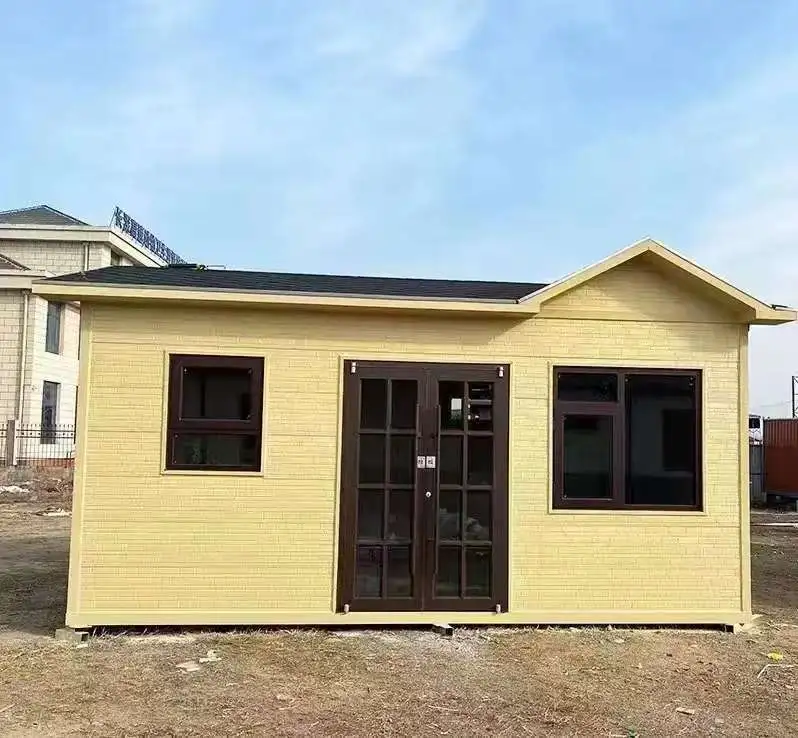
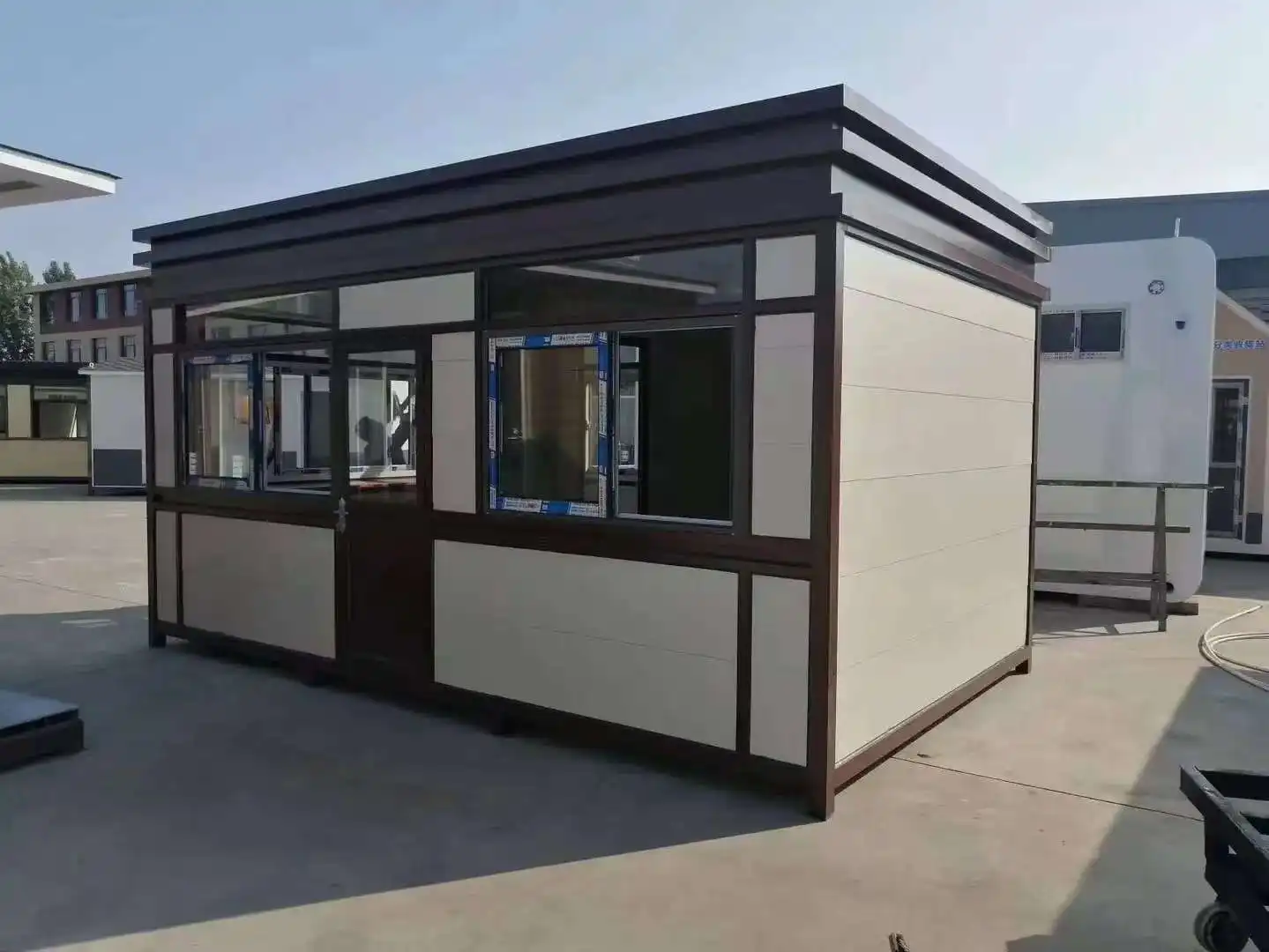

.jpg改.webp)
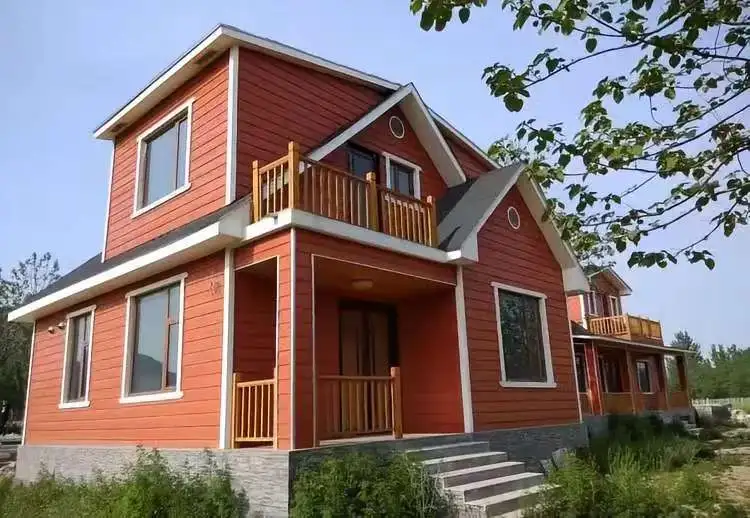
.jpg改.webp)
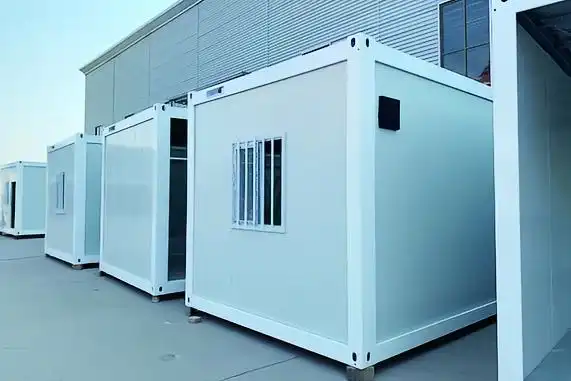
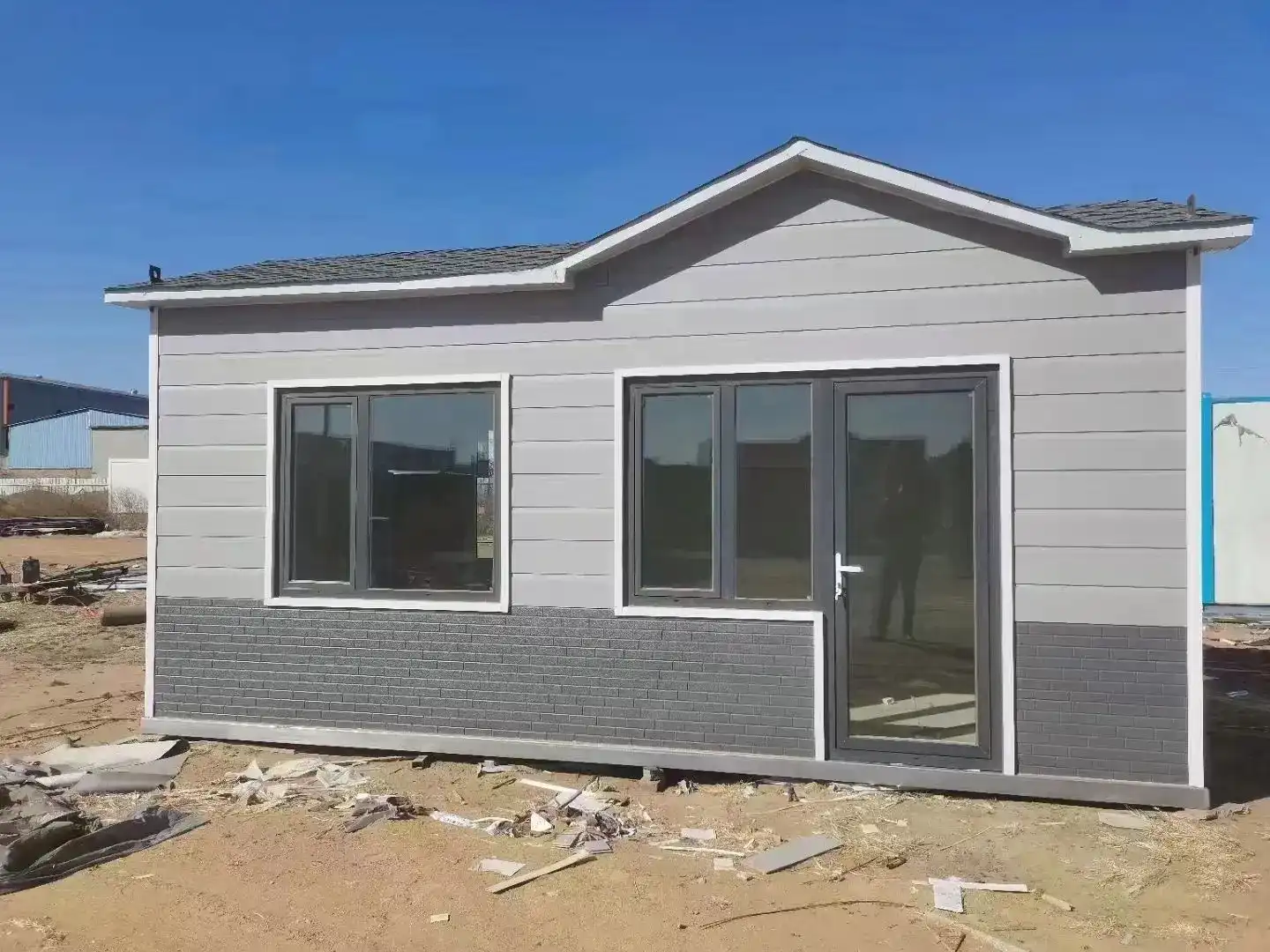
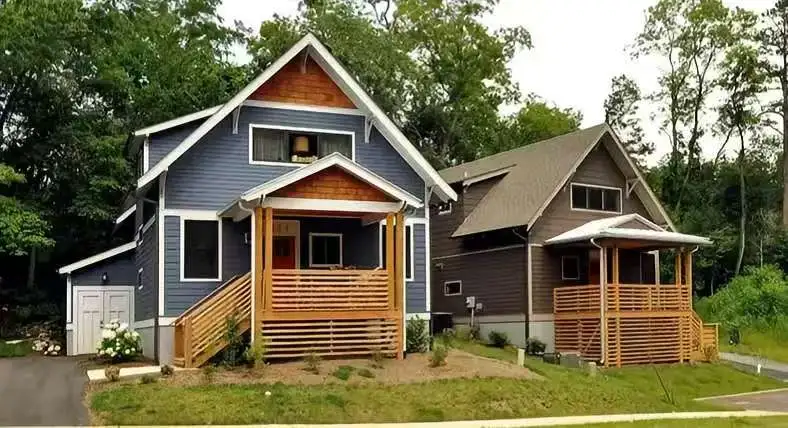
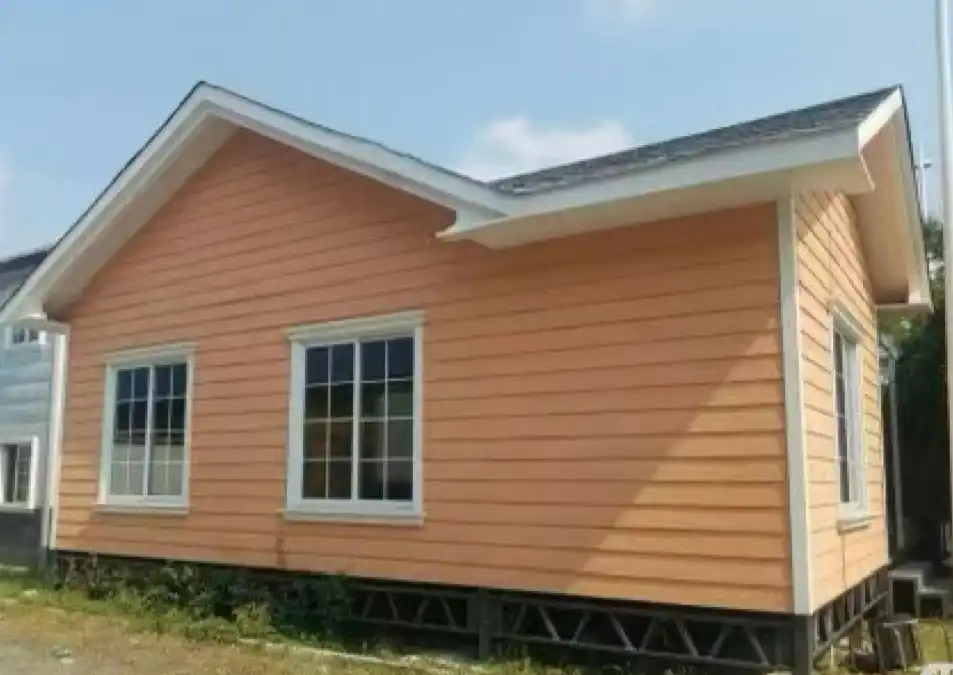

.jpg改.webp)
